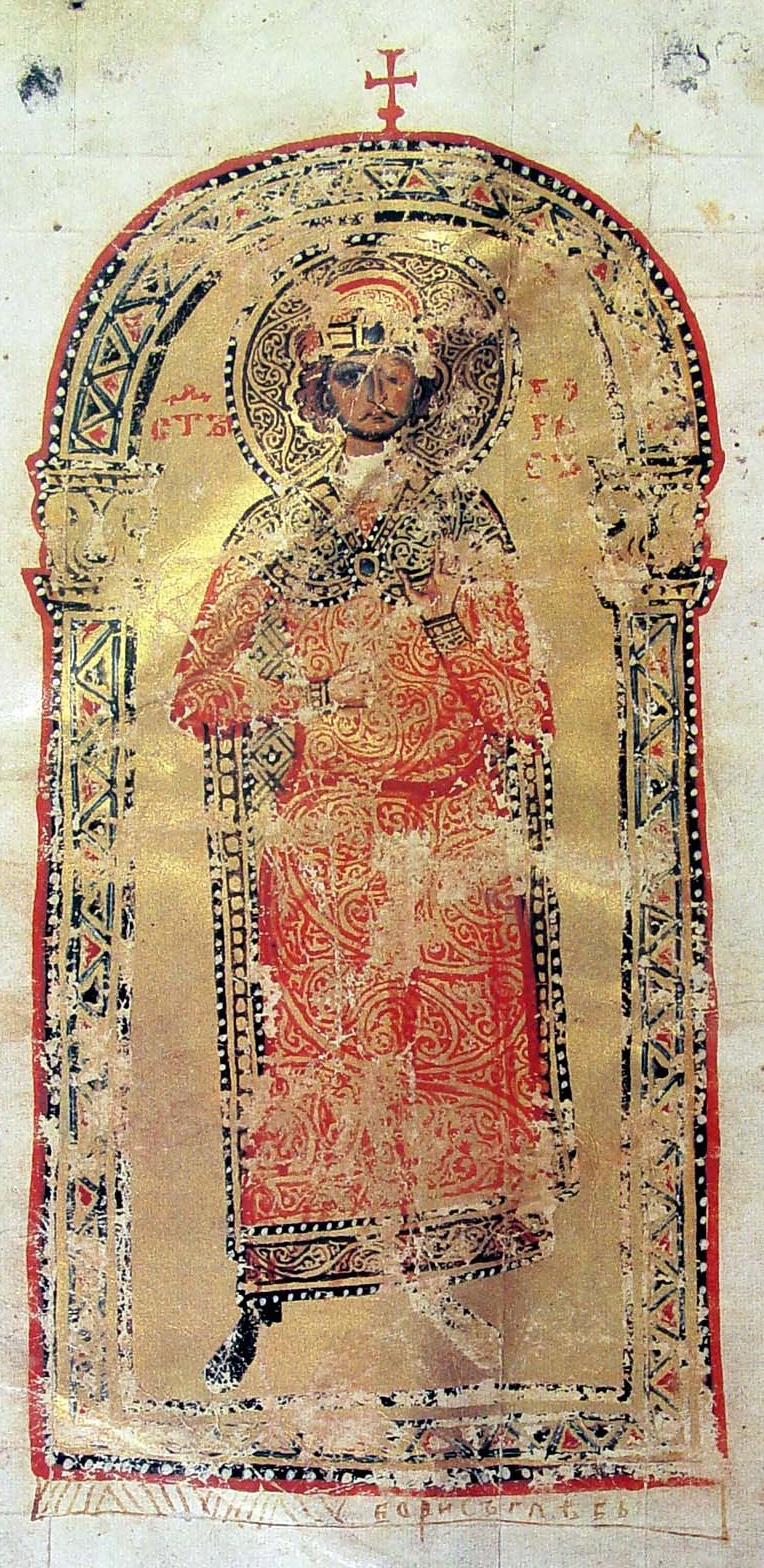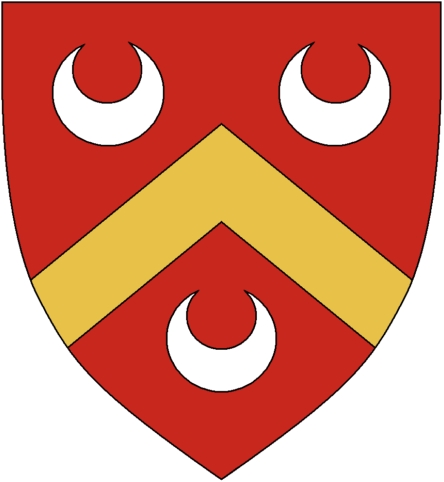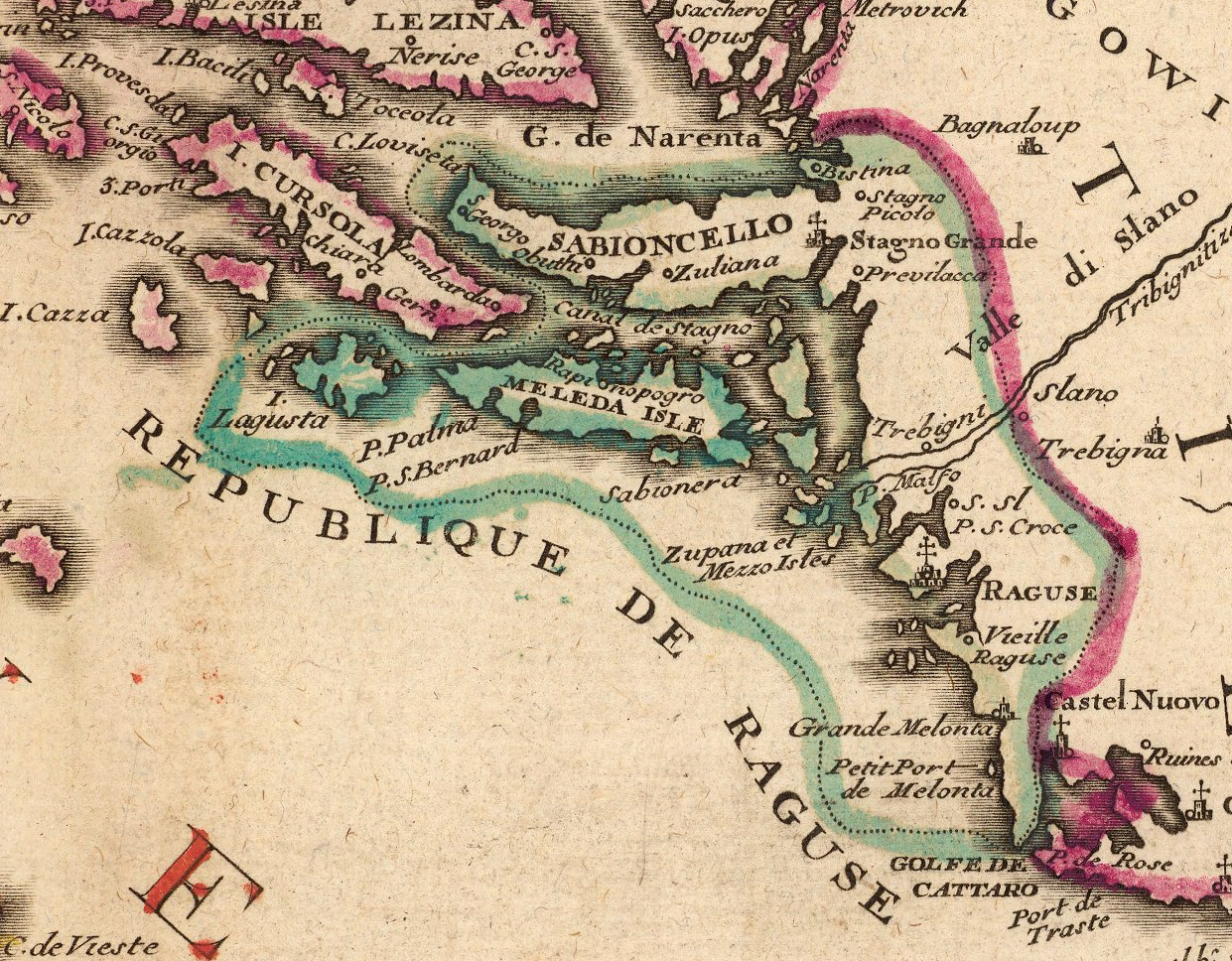|
Radič Sanković
Radič Sanković ( sr-Cyrl, Радич Санковић; died 1404) was a powerful Bosnian nobleman and magnate, with a title of ''vojvoda'' (duke) in the Kingdom of Bosnia during the reign of Stephen Dabiša of Bosnia, Stephen Dabiša (1391-1395) and Queen Helen of Bosnia, Helen (1395-1398). He allied himself with usurper Stephen Ostoja of Bosnia, Stephen Ostoja (1398-1404) during the civil wars, until his death in 1404. With the title of ''vojvoda'' (), he held territories in present-day Herzegovina, including Upper Neretva, Župa Valley with Glavatičevo as its center, Nevesinje, parts of Popovo Polje and most of Konavle. Life Radič was the son of Sanko Miltenović, the eponymous founder of the House of Sanković (the progenitor was Dražen Bogopenec, a lord of Hum under Kingdom of Serbia (medieval), King Stephen Uroš II Milutin of Serbia, fl. 1306). Sanko died in a battle while leading the Bosnian army to aid Republic of Ragusa, Ragusa against Serbian lord, Nikola Altomanov ... [...More Info...] [...Related Items...] OR: [Wikipedia] [Google] [Baidu] |
Knyaz
A , also , ''knjaz'' or (), is a historical Slavs, Slavic title, used both as a royal and noble title in different times. It is usually translated into English language, English as 'prince', 'king' or 'duke', depending on specific historical context and the potentially known Latin equivalents at the time; the word was originally derived from the Proto-Germanic language, common Germanic ('king'). Feminine forms of the word may be divided into two groups: * "Princess", be it princess consort (wife of a reigning prince), princess regnant (reigning princess ''suo jure''), or princess regent (reigning on behalf of an underage prince, usually her son after her husband's death) ** Belarusian language, Belarusian: ''kniahinia'' (княгіня) ** Bulgarian language, Bulgarian and Russian language, Russian: () ** Slovene language, Slovene, Serbo-Croatian, and Macedonian language, Macedonian: (in Serbian Cyrillic alphabet, Serbian and Macedonian alphabet, Macedonian Cyrillic: ) ** ... [...More Info...] [...Related Items...] OR: [Wikipedia] [Google] [Baidu] |
Konavle
Konavle () is a municipality and a small Dalmatian subregion located southeast of Dubrovnik, Croatia. The region is administratively part of the Dubrovnik-Neretva County and the center of the municipality is Cavtat. Demographics The total municipality population was 8,577 people in 2011, split in the following 32 settlements: * Brotnice, population 31 * Cavtat, population 2,153 * Čilipi, population 933 * Drvenik, population 52 * Duba Konavoska, population 63 * Dubravka, population 295 * Dunave, population 155 * Đurinići, population 96 * Gabrili, population 210 * Gruda, population 741 * Jasenice, population 14 * Komaji, population 275 * Kuna Konavoska, population 17 * Lovorno, population 183 * Ljuta, population 194 * Mihanići, population 96 * Mikulići, population 88 * Močići, population 447 * Molunat, population 212 * Palje Brdo, population 130 * Pločice, population 83 * Poljice, population 70 * Popovići, population 236 * Pridvorje, population 23 ... [...More Info...] [...Related Items...] OR: [Wikipedia] [Google] [Baidu] |
Stanak
''Stanak'' is the most common name used to refer to the assembly of nobility in medieval Bosnia. The assembly, in the original Bosančica: (), was also known as the ''Rusag'' (from the Hungarian word ''orszag'', meaning "state" or "nation"), ''Rusag bosanski'', ''Zbor'', ''Sva Bosna'' (meaning "Whole of Bosnia") or just ''Bosna'', with the officials of the Republic of Ragusa employing several Latin terms as well. The term ''"stanak sve zemlje Bosne",'' is first attested in the charter of Tvrtko I in 1354. Its influence peaked between the 1390s and the 1420s. The Serbian historian Sima Ćirković and most other Yugoslav scholars believed that the existence of the ''stanak'' proved a unity and feeling of belonging to a Bosnian identity and integrity, but also illustrated weakness of the monarch and decentralization of the state, as argued by American colleague John Van Antwerp Fine, Jr. The right to take part in the sessions of the s''tanak'' was enjoyed by every Bosnian '' kne ... [...More Info...] [...Related Items...] OR: [Wikipedia] [Google] [Baidu] |
Battle Of Bileća
The Battle of Bileća was fought in August 1388 between the forces of the Kingdom of Bosnia, led by Grand Duke Vlatko Vuković, and the Ottoman Empire under the leadership of Lala Shahin Pasha. The Ottoman army broke into Hum, the kingdom's southern region. After days of looting, the invaders clashed with the defending force near the town of Bileća, north-east of Dubrovnik. The battle ended with an Ottoman defeat. Background The Ottoman Turks, based in Thrace, appeared as a considerable military and political factor for the western Balkans in the 1380s. Having turned rulers of various countries in Macedonia into their vassals, the Ottomans under Murad I started launching raids to the west, towards the Adriatic coast. They eagerly assisted feudal lords in the Balkans in their wars among themselves, increasing and exploiting discord and purposely weakening Balkan states. The Kingdom of Bosnia was thought far enough to be safe from an Ottoman incursion and in the east it was ... [...More Info...] [...Related Items...] OR: [Wikipedia] [Google] [Baidu] |
Ottoman Empire
The Ottoman Empire (), also called the Turkish Empire, was an empire, imperial realm that controlled much of Southeast Europe, West Asia, and North Africa from the 14th to early 20th centuries; it also controlled parts of southeastern Central Europe, between the early 16th and early 18th centuries. The empire emerged from a Anatolian beyliks, ''beylik'', or principality, founded in northwestern Anatolia in by the Turkoman (ethnonym), Turkoman tribal leader Osman I. His successors Ottoman wars in Europe, conquered much of Anatolia and expanded into the Balkans by the mid-14th century, transforming their petty kingdom into a transcontinental empire. The Ottomans ended the Byzantine Empire with the Fall of Constantinople, conquest of Constantinople in 1453 by Mehmed II. With its capital at History of Istanbul#Ottoman Empire, Constantinople (modern-day Istanbul) and control over a significant portion of the Mediterranean Basin, the Ottoman Empire was at the centre of interacti ... [...More Info...] [...Related Items...] OR: [Wikipedia] [Google] [Baidu] |
Vlatko Vuković
}; died between August 1392 and August 1393) was a 14th-century Bosnian nobleman who held the titles of the '' vojvoda humski'' (duke of Hum) and Grand Duke of Bosnia. He distinguished himself as one of the best military commanders of King Tvrtko I in battles against the Ottoman Empire. Biography Vlatko was probably a son of duke Vuk Kosača, often regarded as founder of the Kosača noble family. He governed Hum (part of modern-day Herzegovina), which was part of the Banate of Bosnia and later Kingdom of Bosnia. The Ottoman threat was building to the east, threatening Bosnia and its southeastern regions in Hum. On 27 August 1388, Grand Duke Vlatko defeated an Ottoman raiding party (probably up to 18,000 strong) in the Battle of Bileća. Bosnian heavy cavalry is typically credited with winning the battle as they broke the Ottoman ranks and pursued the retreating enemy. Celebrated Ottoman commander Lala Sahin Pasha (, 1330 – 1382) barely managed to save himself with the smal ... [...More Info...] [...Related Items...] OR: [Wikipedia] [Google] [Baidu] |
Dalmatia
Dalmatia (; ; ) is a historical region located in modern-day Croatia and Montenegro, on the eastern shore of the Adriatic Sea. Through time it formed part of several historical states, most notably the Roman Empire, the Kingdom of Croatia (925–1102), Kingdom of Croatia, the Republic of Venice, the Austrian Empire, and presently the Croatia, Republic of Croatia. Dalmatia is a narrow belt stretching from the island of Rab (island), Rab in the north to the Bay of Kotor in the south. The Dalmatian Hinterland ranges in width from fifty kilometres in the north, to just a few kilometres in the south; it is mostly covered by the rugged Dinaric Alps. List of islands of Croatia, Seventy-nine islands (and about 500 islets) run parallel to the coast, the largest (in Dalmatia) being Brač, Pag (island), Pag, and Hvar. The largest city is Split, Croatia, Split, followed by Zadar, Šibenik, and Dubrovnik. The name of the region stems from an Illyrians, Illyrian tribe called the Dalmatae, w ... [...More Info...] [...Related Items...] OR: [Wikipedia] [Google] [Baidu] |
Konavli
Konavle () is a municipality and a small Dalmatian subregion located southeast of Dubrovnik, Croatia. The region is administratively part of the Dubrovnik-Neretva County and the center of the municipality is Cavtat. Demographics The total municipality population was 8,577 people in 2011, split in the following 32 settlements: * Brotnice, population 31 * Cavtat, population 2,153 * Čilipi, population 933 * Drvenik, population 52 * Duba Konavoska, population 63 * Dubravka, population 295 * Dunave, population 155 * Đurinići, population 96 * Gabrili, population 210 * Gruda, population 741 * Jasenice, population 14 * Komaji, population 275 * Kuna Konavoska, population 17 * Lovorno, population 183 * Ljuta, population 194 * Mihanići, population 96 * Mikulići, population 88 * Močići, population 447 * Molunat, population 212 * Palje Brdo, population 130 * Pločice, population 83 * Poljice, population 70 * Popovići, population 236 * Pridvorje, population 23 ... [...More Info...] [...Related Items...] OR: [Wikipedia] [Google] [Baidu] |
Nikola Altomanović
Nikola Altomanović ( sr-Cyrl, Никола Алтомановић; died after 1395) was a 14th-century Serbian župan of the House of Vojinović. He ruled the areas from Rudnik, over Polimlje, Podrinje, east Herzegovina with Trebinje, reaching as far as Konavle and Dračevica, neighboring the Republic of Dubrovnik. He was defeated and blinded in Užice ( fortress Užice) in 1373 by a coalition of his Serbian and Bosnian royals neighbors supported by the king of Hungary. Biography His father was Altoman Vojinović, a vojvod in Zeta. In 1363, Nikola's uncle Vojislav Vojinović was killed and Nikola used his uncle's death to gain a piece of his land. He allied himself with Lazar Hrebeljanović against King Vukašin Mrnjavčević and they managed to persuade Uroš to support them. However, after Lazar pulled out at the critical moment they were defeated at Kosovo in 1369. In 1373, a military alliance against Nikola was created, which included Bosnian Ban Tvrtko I Kot ... [...More Info...] [...Related Items...] OR: [Wikipedia] [Google] [Baidu] |
Republic Of Ragusa
The Republic of Ragusa, or the Republic of Dubrovnik, was an maritime republics, aristocratic maritime republic centered on the city of Dubrovnik (''Ragusa'' in Italian and Latin; ''Raguxa'' in Venetian) in South Dalmatia (today in southernmost Croatia) that carried that name from 1358 until 1808. It reached its commercial peak in the 15th and the 16th centuries, before being conquered by Napoleon's First French Empire, French Empire and formally annexed by the Kingdom of Italy (Napoleonic), Napoleonic Kingdom of Italy in 1808. It had a population of about 30,000 people, of whom 5,000 lived within the city walls. Its motto was "'", a Latin phrase which can be translated as "Liberty is not well sold for all the gold". Names Originally named ' (Latin for "Ragusan municipality" or "community"), in the 14th century it was renamed ' (Latin for ''Ragusan Republic''), first mentioned in 1385. It was nevertheless a Republic under its previous name, although its Rector was appointed b ... [...More Info...] [...Related Items...] OR: [Wikipedia] [Google] [Baidu] |
Stephen Uroš II Milutin Of Serbia
Stephen (honorific), Stefan Uroš II Milutin ( sr-Cyrl, Стефан Урош II Милутин, Stefan Uroš II Milutin; 1253 – 29 October 1321), known as List of Serbian saints, Saint King, was the List of Serbian monarchs, King of Kingdom of Serbia (medieval), Serbia between 1282–1321, a member of the Nemanjić dynasty. He was one of the most powerful rulers of Serbia in the Middle Ages and one of the most prominent European monarchs of his time. Milutin is credited with strongly resisting the efforts of Byzantine Emperor Michael VIII Palaiologos to impose Roman Catholicism on the Balkans after the Second Council of Lyon, Union of Lyons in 1274. During his reign, Serbian economic power grew rapidly, mostly due to the development of mining. He founded Novo Brdo Fortress, Novo Brdo, which became an internationally important silver mining site. As most of the Nemanjić monarchs, he was proclaimed a saint by the Serbian Orthodox Church with a feast day on October 30. Early ... [...More Info...] [...Related Items...] OR: [Wikipedia] [Google] [Baidu] |
Kingdom Of Serbia (medieval)
The Kingdom of Serbia was a country located in the Balkans which was created when the ruler of the Principality of Serbia, Milan I, was proclaimed king in 1882. Since 1817, the Principality was ruled by the Obrenović dynasty (replaced by the Karađorđević dynasty for a short time). The Principality, under the suzerainty of the Ottoman Empire, '' de facto'' achieved full independence when the very last Ottoman troops left Belgrade in 1867. The Congress of Berlin in 1878 recognized the formal independence of the Principality of Serbia, and in its composition Nišava, Pirot, Toplica and Vranje districts entered the South part of Serbia. In 1882, Serbia was elevated to the status of a kingdom, maintaining a foreign policy friendly to Austria-Hungary. Between 1912 and 1913, Serbia greatly enlarged its territory through engagement in the First and Second Balkan Wars – Sandžak-Raška, Kosovo Vilayet and Vardar Macedonia were annexed. At the end of World War I in 19 ... [...More Info...] [...Related Items...] OR: [Wikipedia] [Google] [Baidu] |




